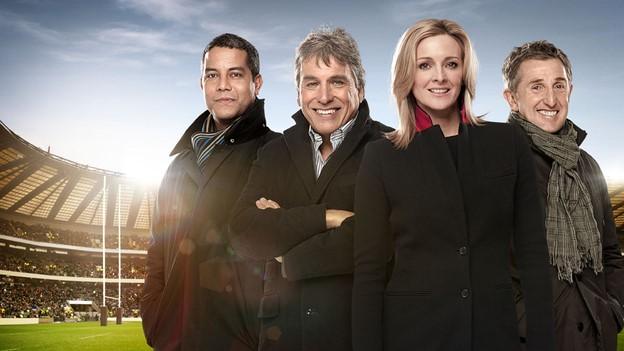Six Nations: Jeremy Guscott on Gareth Anscombe's disallowed try
- Published
- comments
Gareth Anscombe's disallowed try was a huge decision in England's win over Wales and the television match official Glenn Newman got that call wrong - but it wouldn't have been a try anyway.
The TMO should have been shown the action frame by frame, which would have revealed the ball was touched down by Wales full-back Anscombe - his fingers brush it before England wing Anthony Watson gets his hands on the ball - so the touchdown is good.
But if he had seen the play frame by frame, he would also have seen the ball hitting Wales winger Steff Evans' fingers in the build-up - so the try wouldn't have stood as it was a knock-on.
The TMO has to be given the best information and footage.
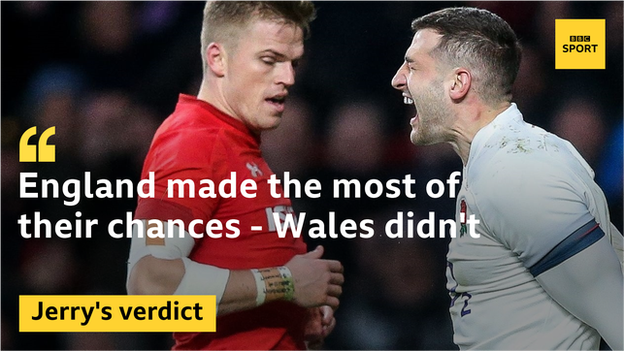
'We can learn from rugby league'
What the game has to do is give the TMO the best possible shot he can get at making the right decision.
After the game social media started showing footage that he got the Anscombe decision wrong - but it also showed you Evans' finger bending from the ball hitting it, and then after that the touchdown is good.
The TMO didn't make a wrong decision with the footage we saw on TV, it wasn't clear. He worked with what he had, and it only becomes clear and obvious when you go frame by frame.
This decision shows there is still work to be done with how the TMO system operates. We can't say how the result might have been different if the try had been awarded but we don't need many more situations like this before we lose faith in the system.
With the video referee in rugby league, decisions happen really quickly. They've got it spot on and they rarely make mistakes. It's very fluid and rugby union should be learning from it.
In rugby league it's a very slick operation, but in rugby union it feels clunky because of the conversation between the TMO and the referee. They need to work on it.
Ultimately, it's the referee who makes the decision on the advice of the TMO. But in the game you just have to get on with it; even in football they don't spend the next 10 minutes going up to the referee.
What does law about grounding say? |
|---|
A try is scored "by pressing down on the ball with a hand or hands, arm or arms, or the front of the player's body from waist to neck". |
World Rugby law 21.1 b |
Farrell influential for England
The talking point from England's victory over Wales is always going to be the try that wasn't given, but the big difference between the sides was England took their chances.
Two of the biggest moments came from centre Owen Farrell. He was an influential player on Saturday and made a number of crucial plays.
Farrell's first touch of the ball was a catch and a perfectly weighted kick for Jonny May's first try. It was a quick smash and grab that came from nowhere and took everyone by surprise, apart from Farrell and May.
But the try also came from a Danny Care box-kick, and England's kicking game was better than Wales' for the whole match.
Care's box-kicking has improved hugely and it allowed competition for the ball in the air. For the first try, Anthony Watson was able to get into the air off Care's kick and beat Rhys Patchell to the ball. It got back to Farrell and he produced a delightful, beautifully weighted kick.
Farrell also made a big contribution to May's second score. In the 25th phase of play, he floated a great ball over to Joe Launchbury, who flicked it back inside for May.
The whole match was a massive game of chess and that was England putting Wales in check, and check again until finally they made it checkmate.
England took their chances - Wales didn't

Wales centre Scott Williams made an early dive for the line in the 61st minute but was tackled by Sam Underhill
The game was not won in the first 20 minutes, but when you look at the statistics and see how many times the teams got into their opponents' 22, you realise how difficult it was to create the opportunities to score.
Rugby union is about momentum. When you have momentum and territory you want to make the most of it. England did that, and Wales didn't.
Just after the hour mark, Wales had a chance through Scott Williams, but he dived a bit too early and it was a tremendous cover tackle from replacement flanker Sam Underhill.
Williams made up his mind to go himself despite support from George North, who could have been in a better position to score. He pinned his colours to his mast and they blew off, unfortunately for him. That was a big call and another big moment in the game.
Over the 80 minutes, England had five opportunities with controlled ball in the 22. And of those five chances, they scored two tries. Wales had six opportunities and got nothing. That was the difference.
England made the most of the chances they had, took their opportunities and Wales didn't.
Jeremy Guscott was speaking to BBC Sport's Louise Gwilliam.
- Published12 February 2018

- Published12 February 2018
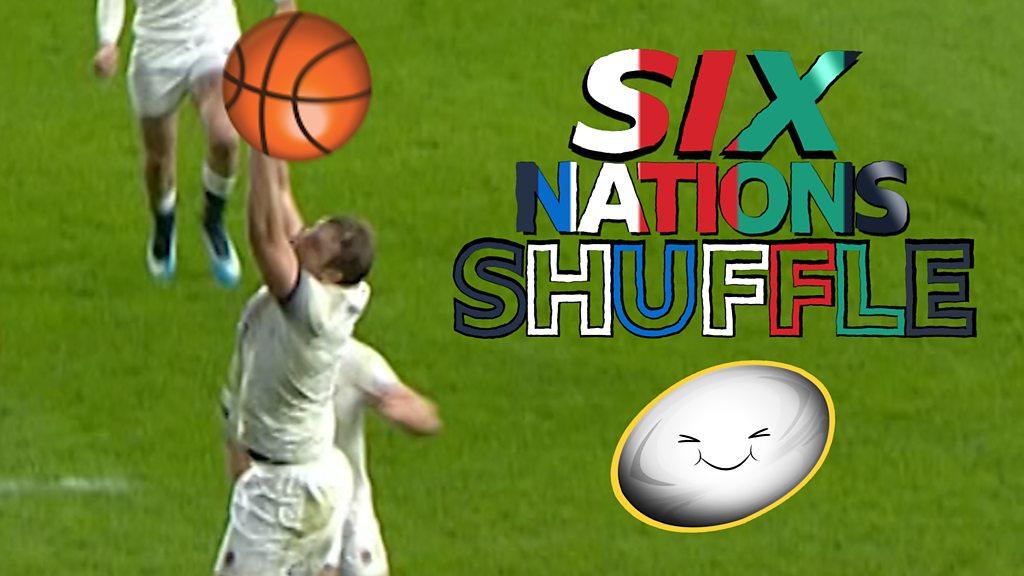
- Published12 February 2018
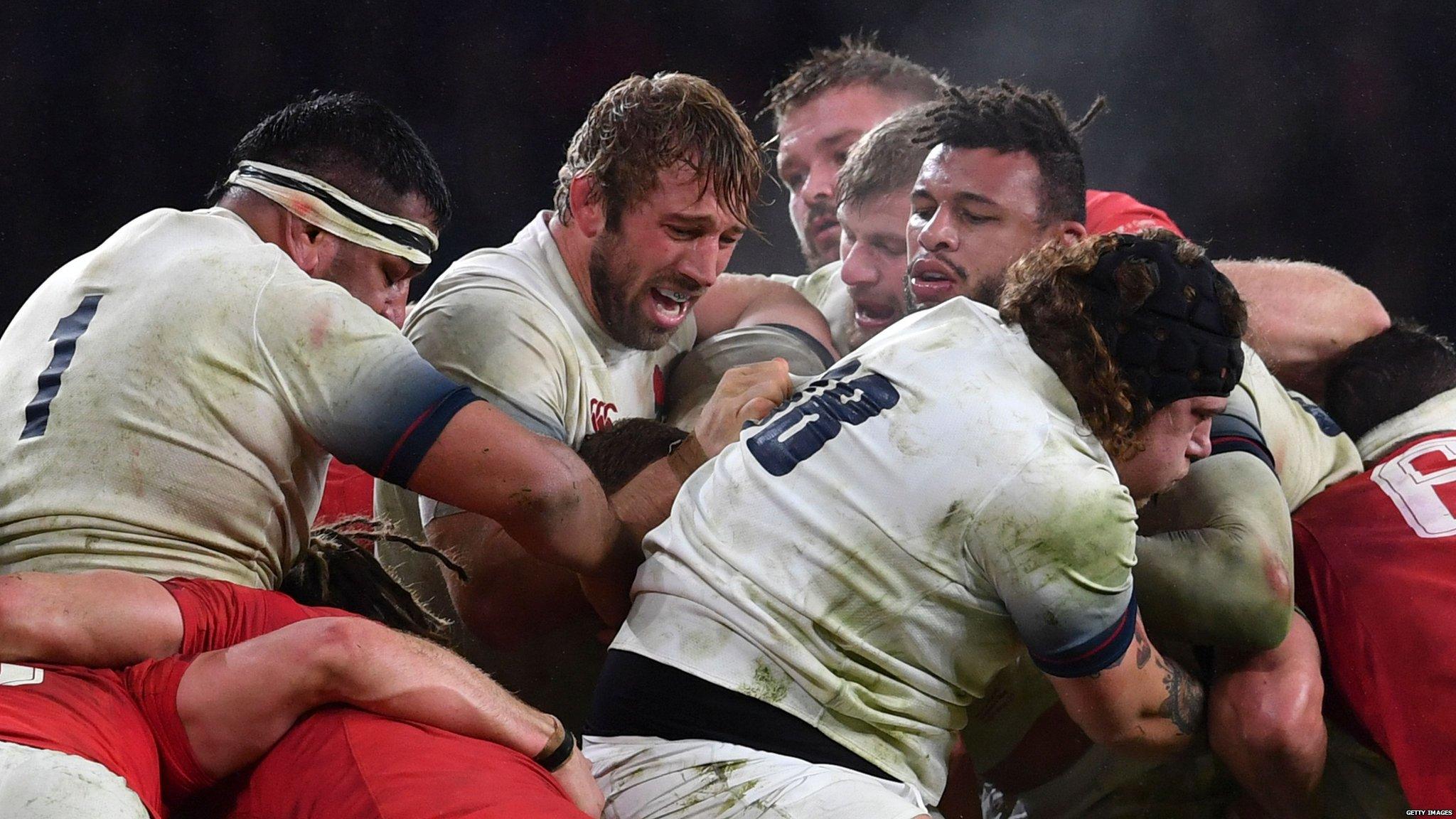
- Published10 February 2018

- Published10 February 2018
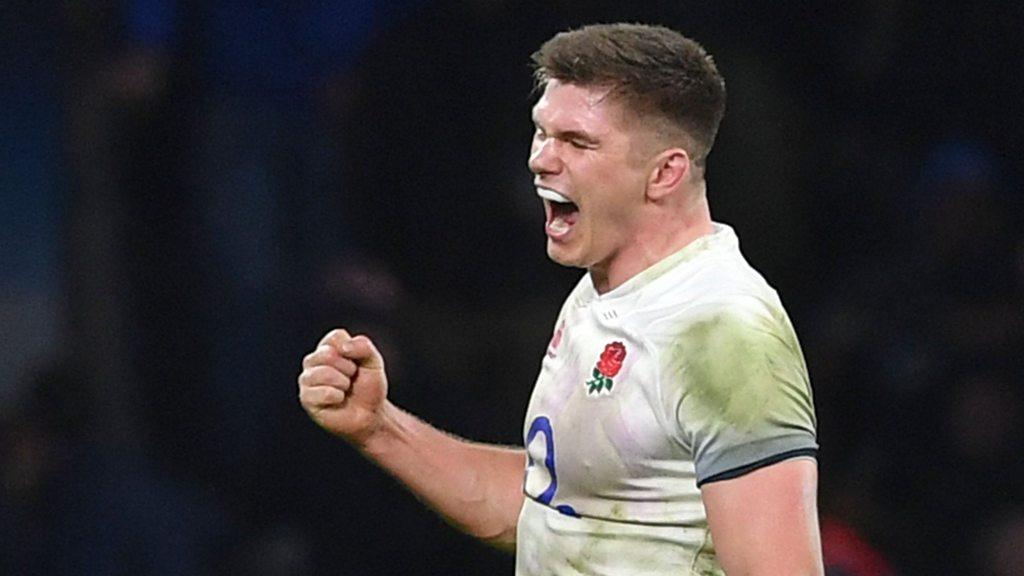
- Published10 February 2018
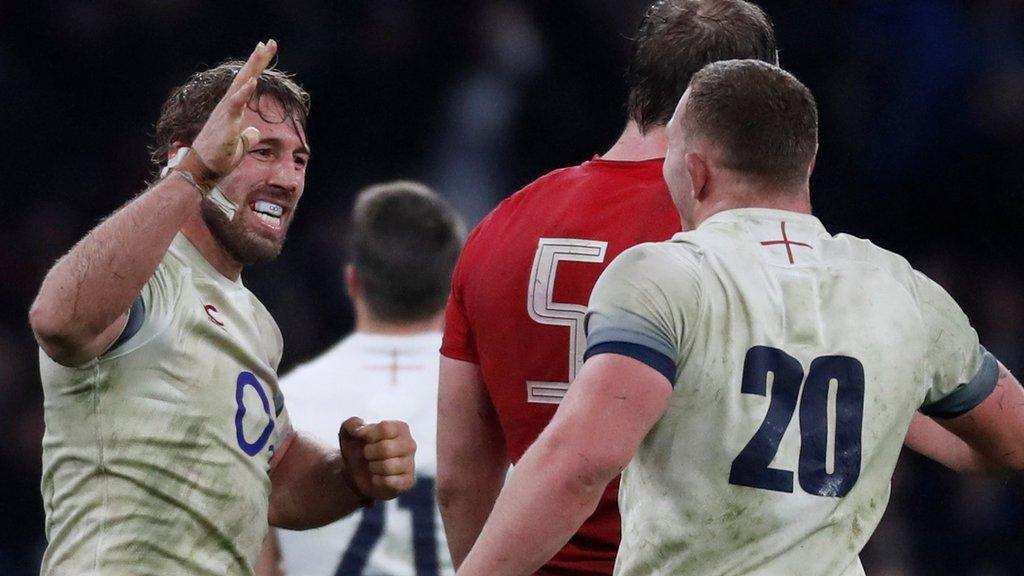
- Published10 February 2018
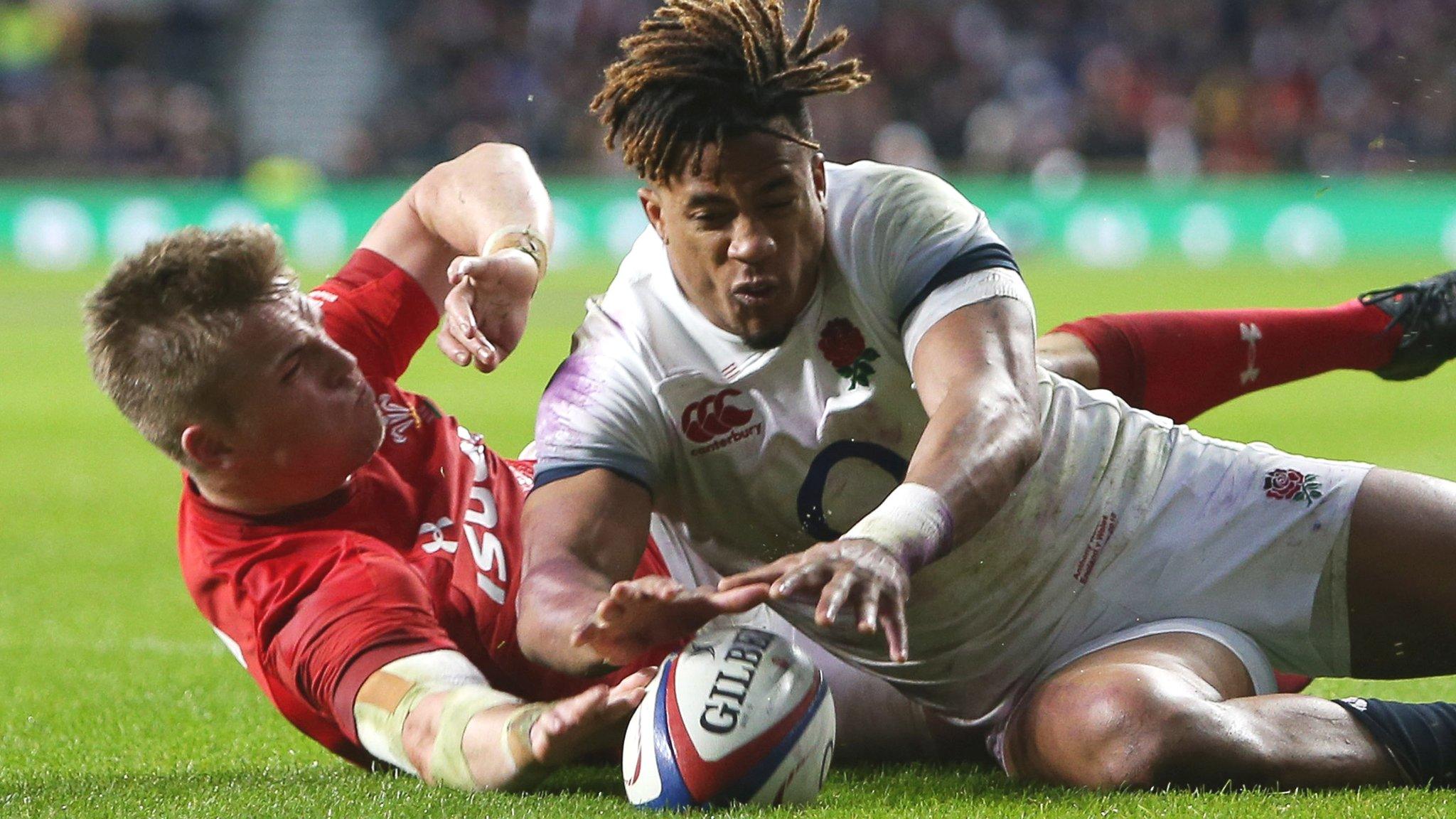
- Published24 February 2018
